
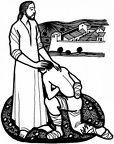 Leper giving thanks
Leper giving thanks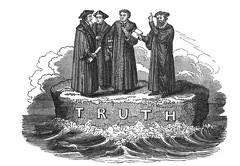 Truth
Truth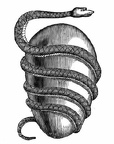 The Egg of Creation
The Egg of Creation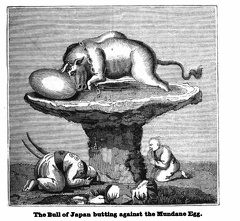 The Bull of Japan attacking the Mundane Egg
The Bull of Japan attacking the Mundane Egg A Benedictine Abbot
A Benedictine Abbot A Carmelite Friar
A Carmelite Friar A Clerk
A Clerk A Dominican Friar
A Dominican Friar A Franciscan Friar
A Franciscan Friar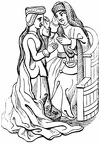 A Priest Confessing a Lady
A Priest Confessing a Lady Adam the Cellarer
Adam the Cellarer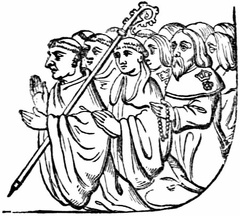 Bedesmen.
Bedesmen.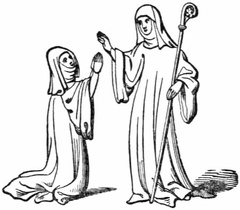 Benedictine Abbess and Nun
Benedictine Abbess and Nun Benedictine Monk
Benedictine Monk Canon of St. Augustine
Canon of St. Augustine Carthusian Monk
Carthusian Monk Cistercian Monk
Cistercian Monk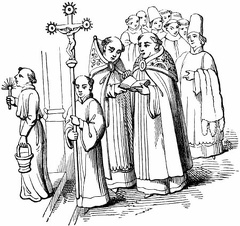 Coronation Procession of Charles V. of France
Coronation Procession of Charles V. of France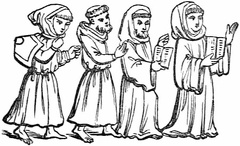 Costumes of the Four Orders of Friars
Costumes of the Four Orders of Friars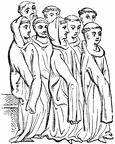 Group of Cistercian Monks
Group of Cistercian Monks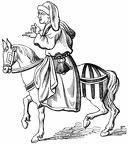 John Ball, Priest
John Ball, Priest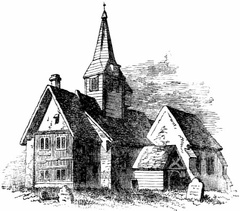 Laindon Church, Essex
Laindon Church, Essex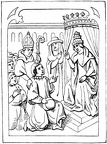 Pope, Cardinal, and Bishop
Pope, Cardinal, and Bishop St. Damasus, Hermit
St. Damasus, Hermit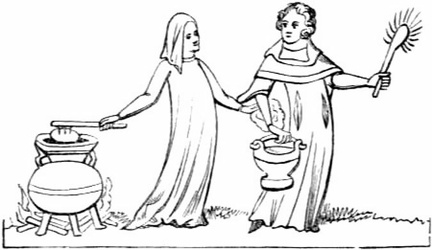 The Parish Clerk sprinkling the Cook
The Parish Clerk sprinkling the Cook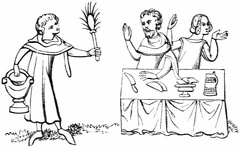 The Parish Clerk sprinkling the Knight and Lady
The Parish Clerk sprinkling the Knight and Lady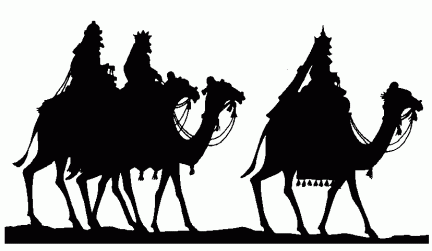 3 Wise men
3 Wise men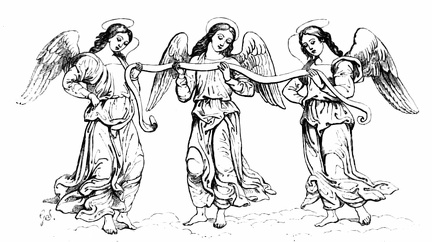 Three Angels
Three Angels Brahma
Brahma Vishnu
Vishnu Seva
Seva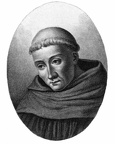 Saint Bernard
Saint Bernard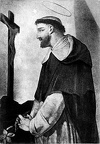 Saint Dominic
Saint Dominic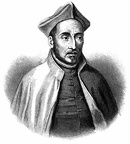 Ignatius de Loyola
Ignatius de Loyola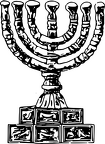 Menorah
Menorah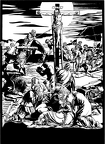 Crucifixion of Christ
Crucifixion of Christ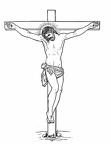 Crucifixion
Crucifixion New Testament
New Testament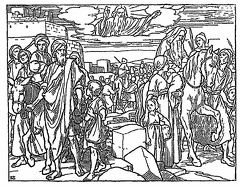 The Tower of Babel
The Tower of Babel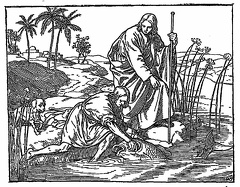 Tobias taking the fish
Tobias taking the fish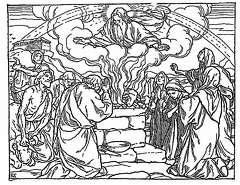 Noahs Offering
Noahs Offering Old Testament
Old Testament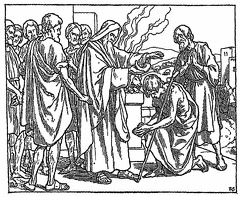 Samuel anointing David
Samuel anointing David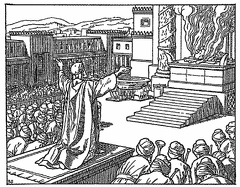 Solomin praying in the temple
Solomin praying in the temple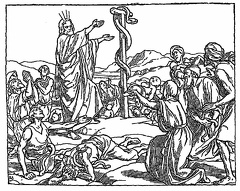 The Brazen Serpent
The Brazen Serpent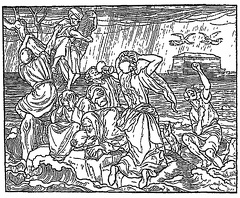 The Deluge
The Deluge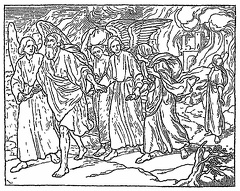 The Destruction of Sodom
The Destruction of Sodom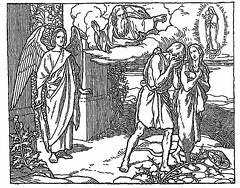 The Fall of our first parents
The Fall of our first parents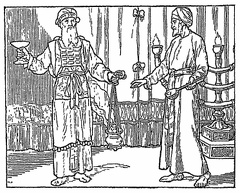 The High Priest in his vestments
The High Priest in his vestments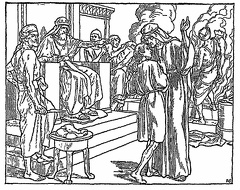 The Martyrdom of the seven Machabees
The Martyrdom of the seven Machabees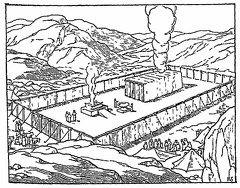 The Tabernacle
The Tabernacle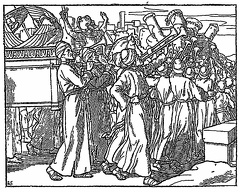 The Taking of Jericho
The Taking of Jericho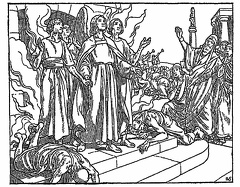 The three young men in the furnace
The three young men in the furnace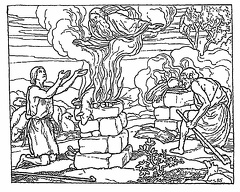 Cain and Abel offering Sacrifices to God
Cain and Abel offering Sacrifices to God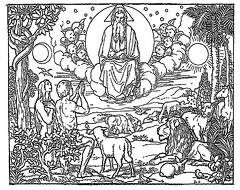 Creation of the World
Creation of the World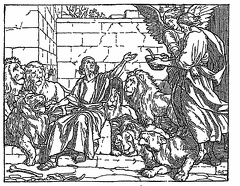 Daniel in the lion's den
Daniel in the lion's den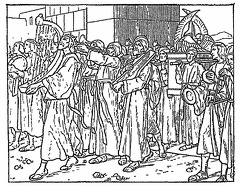 David playing before the Ark
David playing before the Ark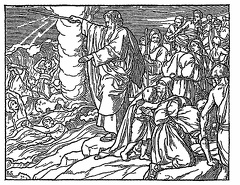 Drowning the Egyptians
Drowning the Egyptians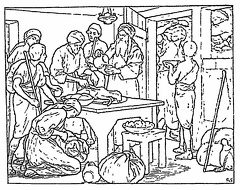 Eating the Paschal Lamb and marking the door posts
Eating the Paschal Lamb and marking the door posts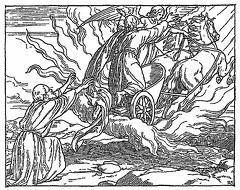 Elias going up to heaven in a fiery chariot
Elias going up to heaven in a fiery chariot



